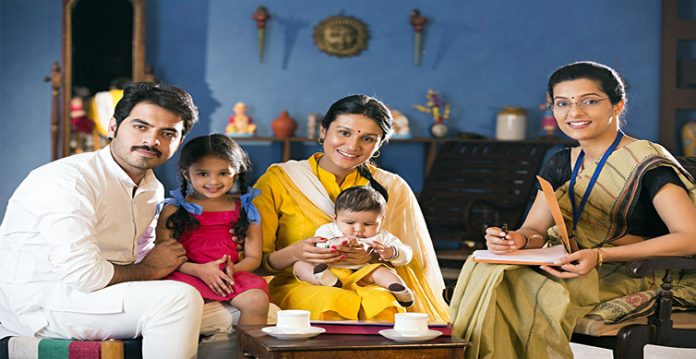While India continues to be the most populous country, with an estimated 1.46 billion people in 2025, the country’s total fertility rate has fallen to 1.9, below the replacement level of 2.1, according to the latest report by the United Nations Population Fund (UNFPA) released on Tuesday.
The 2025 State of World Population (SOWP) report underscores that the real crisis lies not in population size, but in the widespread challenges to support individuals’ right to decide freely and responsibly if, when, and how many children to have. The UN report estimates “India’s population at present at 1,463.9 million”.
“India is now the world’s most populous nation, with nearly 1.5 billion people — a number expected to grow to about 1.7 billion before it begins falling,” the report said. The Total Fertility Rate (TFR) in India is currently 2.0 children per woman. This means that on average, a woman in India would be expected to have 2 children during her childbearing years (typically ages 15-49).
Also Read: Rising Population Drives Increased Water Demand in Hyderabad
This rate has remained constant since 2020, according to the Sample Registration System (SRS) report for 2021. However, the new report showed it has declined to 1.9 births per woman, which means that, on average, Indian women are having fewer children than needed to maintain the population size from one generation to the next, without migration. Despite the slowing birth rate, India’s youth population remains significant, with 24 per cent in the age bracket of 0-14, 17 per cent in 10-19, and 26 per cent in 10-24.
While 68 per cent of the population accounts for the 15-64 age bracket, the elderly population (65 and older) stands at seven per cent. As of 2025, life expectancy at birth is projected to be 71 years for men and 74 years for women. The UN report also placed India in a group of middle-income countries undergoing rapid demographic change, with the population doubling time now estimated at 79 years.
“India has made significant progress in lowering fertility rates — from nearly five children per woman in 1970 to about two today — thanks to improved education and access to reproductive healthcare,” said Andrea M. Wojnar, UNFPA India Representative. “This has led to major reductions in maternal mortality, meaning million more mothers are alive today, raising children and building communities,” Wojnar added.
(This story is sourced from a third-party syndicated feed. Raavi Media takes no responsibility or liability of any nature. Raavi Media management/ythisnews.com can alter or delete the content without notice for any reason.)


